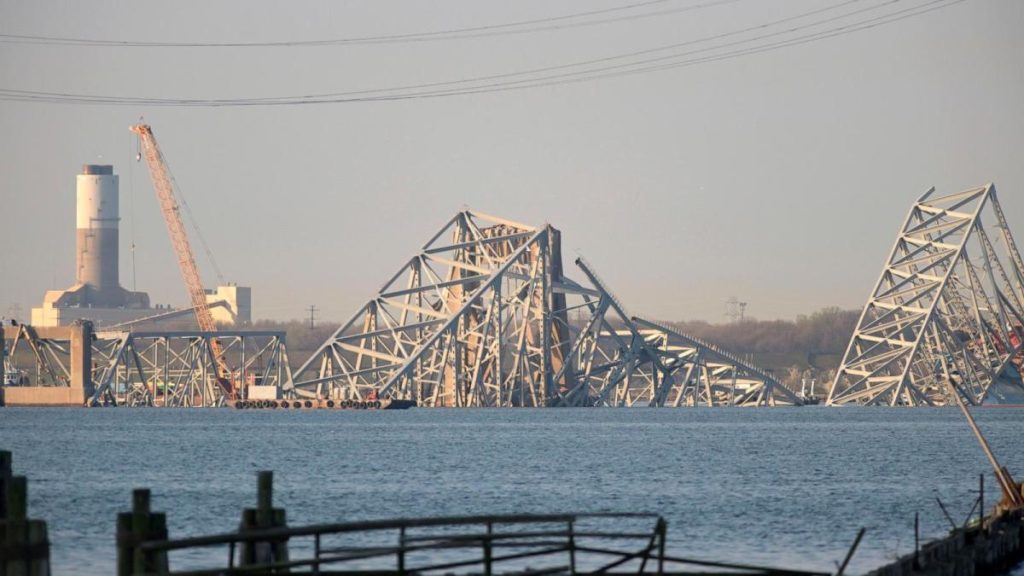Larry Desantis narrowly escaped the collapse of the Francis Scott Key Bridge in Maryland, where he crossed just moments before a cargo ship struck the bridge. Desantis, the head baker at Herman’s Bakery in Dundalk, Maryland, had been commuting back and forth between his two bakery jobs for the past 16 years. On the day of the collapse, he estimated crossing the bridge around 1:26 to 1:27 a.m., just minutes before the cargo ship hit the bridge at around 1:29 a.m. Thankfully, Maryland Transportation Authority officers had stopped traffic onto the bridge before the collision, preventing any vehicles from being on the bridge when it collapsed.
Desantis recounted the eerie feeling of being the last person to cross the bridge before the collapse, noting the absence of the usual 20 to 30 tractor-trailers that would typically be on the bridge at that time of night. Several people reached out to Desantis to check on him after the collapse, knowing that he usually took that route. The disaster claimed the lives of six construction workers who were on the bridge at the time. Two workers managed to survive, one by running from the bridge and the other by swimming to shore, while four workers remain missing and are presumed dead. Dive operations to recover the victims have been suspended due to unsafe conditions in the water, and efforts are being made to clear the channel of bridge debris before recovery operations can resume.
Maryland Governor Wes Moore expressed his condolences for the victims of the Key Bridge collapse and their families, emphasizing the need to keep them in thoughts and prayers. The collapse of the bridge has left a devastating impact, with the loss of lives and the ongoing efforts to recover the missing workers. Desantis, reflecting on his narrow escape from the collapse, acknowledged his luck in making it across the bridge just moments before the disaster struck. The incident serves as a reminder of how unpredictable and dangerous such events can be, highlighting the importance of safety measures and preparedness in critical infrastructure such as bridges. The aftermath of the collapse underscores the challenges faced in recovering the victims and the impact on the community affected by the tragedy.
The collapse of the Francis Scott Key Bridge has sparked inquiries into the cause of the disaster and the steps needed to prevent such incidents in the future. The timing of the cargo ship’s collision with the bridge and the subsequent collapse raise questions about the safety protocols in place and the response to potential risks. The recovery efforts for the missing workers underscore the complexity of dealing with the aftermath of a bridge collapse and the challenges faced in ensuring the safety of those involved in rescue operations. The tragic event has brought attention to the importance of maintaining and inspecting infrastructure to prevent catastrophic failures that can have severe consequences.
As investigations continue into the circumstances surrounding the collapse of the Key Bridge, the focus remains on understanding what led to the disaster and implementing measures to enhance the safety of critical infrastructure. The experience of Larry Desantis, who narrowly avoided being on the bridge during the collapse, serves as a poignant reminder of the fragility of life and the unpredictable nature of such events. The tragic loss of lives in the collapse underscores the need for vigilance in maintaining and monitoring infrastructure to prevent catastrophic failures. The aftermath of the Key Bridge collapse has left a lasting impact on the community, with ongoing efforts to recover the victims and address the implications of the disaster.


